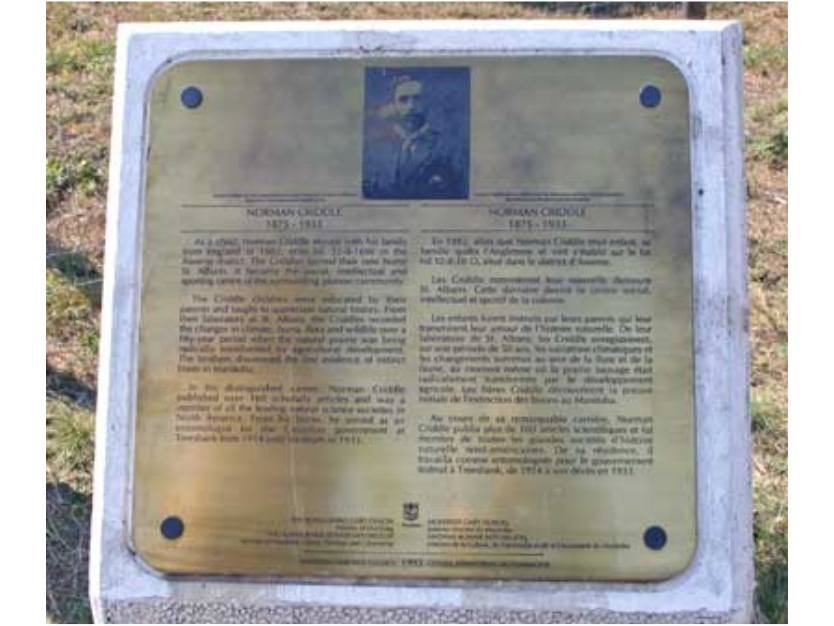Posted on: Thursday March 3, 2016
Recently I became aware of a hundred year old collection of seeds located not in the Botany collection at the Museum but in the History collection. What were 100 years old seeds doing in the history lab? It turns out that they were donated in 1991 along with many other artifacts and specimens from the famous Criddle family (learn more about the Criddles, here) but not thoroughly catalogued.
Questions about proper seed preservation recently came up and our History Cataloguer asked me about them, assuming that I knew this collection existed, which I didn’t. I looked closely at the five boxes of tiny vials of wildflower and weed seeds from Manitoba and was absolutely thrilled. The Criddles were amateur naturalists who collected scientific specimens of seeds, mammals, and insects and recorded meticulous weather data in the late 1880’s to early 1900’s. I immediately realized that some of the seeds were of species that have become rare due to the stabilization of the Carberry sand dunes. These seeds are some of the first specimens of these rare plants to ever be collected in Manitoba and will be important for their status assessment.

Image: Seed collections are valuable references for identifying unknown seeds. TMM H9-23-142.

Plaque about Norman Criddle at the Criddle-Vane National Historic site.
In recent years, seed preservation has become increasingly important because of concerns about the loss of genetic diversity in crop seeds, as well as the loss of species in the wild. In fact you may have heard of the so-called “Doomsday Vault” located in an underground bunker in Svalbard (learn more here). They protect the most diverse collection of crop seeds in the world in case natural (or human-caused) disasters eliminate the plants in their agricultural settings.
Here at the Museum we don’t have such a dramatic seed collection as we simply don’t have the high-tech cold storage space to permanently house and protect wild plant seeds. The main purpose of our collection is to act as a reference for identifying unknown species of seeds. Our seed collection has been used to identify the gut contents of dead animals (read blog “CSI Manitoba: The Case of the Broken Beak” here), and preserved seeds dug up in ancient archaeological sites among other things.
So why did it take so long for me to discover this collection? The Museum usually receives more donations of artifacts and specimens than we can process in any given year. When the staff is busy with projects such as new gallery exhibits, a backlog of specimens builds up. This seed collection, having received a bit of care when it first came in, could simply not be thoroughly catalogued until recently. I wonder what other interesting things are in the Museum’s backlog waiting to be rediscovered?






